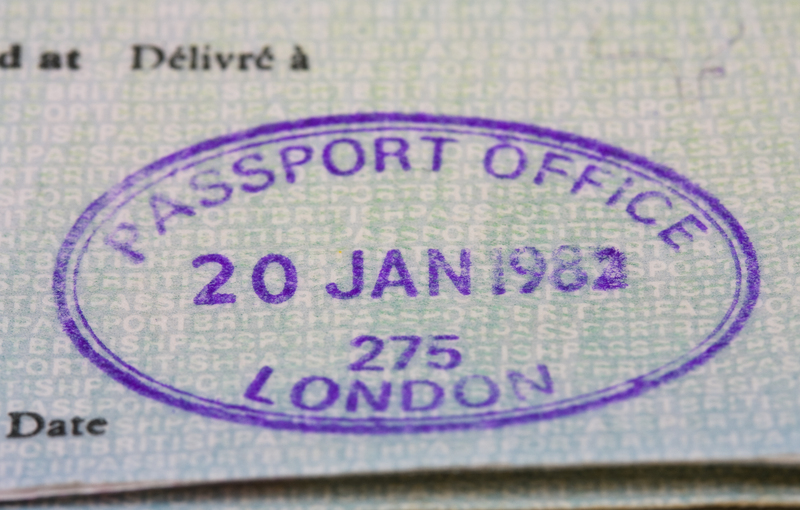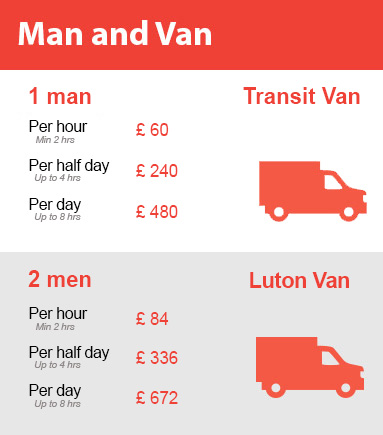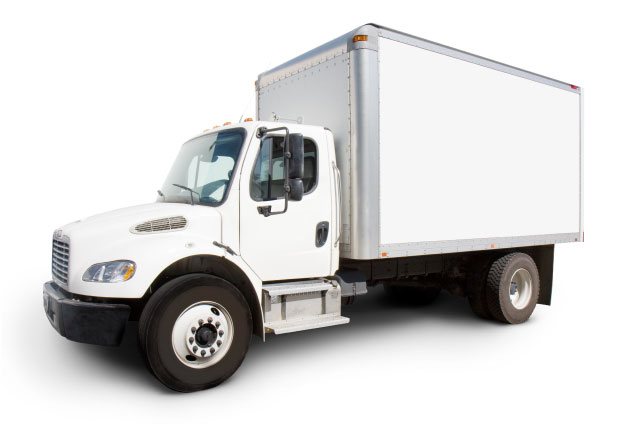The Challenges of Moving a Piano and When to Call the Experts
Posted on 27/05/2025
The Challenges of Moving a Piano and When to Call the Experts
When it comes to relocating a piano, many homeowners and musicians underestimate the sheer complexity and risks involved. Moving a piano is not just about physical strength; it demands knowledge about the instrument, proper techniques, and often, the experience of seasoned piano movers. In this comprehensive article, we'll explore the challenges of moving a piano, discuss the most common risks, and explain when it's wise to call professional piano removalists for the job.
Why Are Pianos So Difficult to Move?
Pianos are elegant, intricate instruments. Despite their grandeur, the design and construction make them particularly challenging to maneuver. Here's why piano relocation is a task that's far from straightforward:
- Weight and Size: Even the smallest upright pianos often weigh over 300 lbs (136 kg), while grand pianos can exceed 1,000 lbs (450 kg).
- Awkward Shape: Their bulky, irregular structure makes handling and carrying them through doorways, stairs, or narrow hallways a logistical puzzle.
- Delicate Mechanics: With thousands of moving parts, a piano is highly susceptible to damage--both internally and externally--if not moved with care.
- High Value: Pianos are often cherished family heirlooms or significant investments. Damage can result in expensive repairs or irreplaceable loss.
Types of Pianos and Their Specific Moving Challenges
- Upright Pianos: Easier to handle than grands but still heavy and tall. Their vertical structure makes tipping a risk during moves.
- Baby Grand and Grand Pianos: Require disassembly, careful packing of legs and pedals, and often a team of skilled movers. Their curved sides and long lengths multiply the maneuvering challenges.
- Digital Pianos: Lighter and less vulnerable, but high-end models can still be bulky and delicate.

Common Risks Associated with DIY Piano Moves
While many people consider moving a piano yourself to save money, they often underestimate the risks. Here are some hazards and mishaps commonly faced during DIY piano moving:
- Personal Injury: Pianos can crush toes and fingers. Trying to lift or maneuver a heavy piano without proper tools or help can lead to severe back injuries, strains, or falls.
- Property Damage: It's common to see scratched flooring, dented walls, and broken stairs after an unprofessional move. Door frames and narrow halls are especially at risk.
- Instrument Damage: A slip or bump can break legs, crack the cabinet, or misalign critical internal components, impacting both appearance and performance.
- Lack of Insurance: If you damage the piano or the property during a DIY move, repairs or replacements are not covered, unlike with reputable piano moving companies.
Essential Equipment and Techniques for Safe Piano Moving
Proper preparation and tools are vital for a safe and successful piano move. Here's what professionals use, and what every piano owner should know:
Specialized Equipment for Moving a Piano
- Dollies and Straps: High-quality, heavy-duty piano dollies distribute weight evenly and allow for smooth rolling. Straps help secure the piano during lifting and transport.
- Blankets and Pads: Protective coverings cushion the instrument, preventing scratches, dents, and other surface damages.
- Ramps and Skid Boards: These help move the piano up or down stairs and curb sides, making navigation safer and easier.
- Tape and Wrapping Materials: Securely wrap the piano, especially exposed legs, pedals, and keys, to protect fragile parts during the move.
Professional Techniques for Moving a Piano
- Strategizing the Move: Experts assess the pathway, measure doorways, and identify obstacles before moving begins.
- Teamwork: Piano moving is never a one-person job. It requires two or more coordinated movers, each assigned specific roles.
- Communication: Movers must communicate constantly to ensure they're moving in sync, especially when turning corners or navigating stairs.
- Disassembly: Grand and Baby Grand pianos often need to be partially disassembled, with legs and pedals removed for safer, manageable transport.
- Securing the Piano: Once in the moving vehicle, the piano must be secured to avoid shifting or tipping during transit.
When Should You Call the Piano Moving Experts?
While the do-it-yourself approach might work for simple moves, there are clear situations when hiring professional piano movers is much safer and more reliable.
Signs You Need Professional Piano Movers
- Stairs Involved: Any move involving stairs--especially multiple flights--adds significant risk of injury and instrument damage.
- Long-Distance Moves: If your piano needs to travel across the city, to a new town, or even to another state, pros have the tools and packing knowledge for safe transport.
- Historic or Valuable Pianos: Antiques, concert grands, or pianos with sentimental value should always be entrusted to those with specialized expertise.
- Narrow Doorways and Tight Corners: Professionals know how to navigate tricky layouts and even disassemble and reassemble the instrument if necessary.
- Lack of Proper Tools: If you don't own professional moving equipment, self-moving raises the odds of catastrophe.
Choosing the Right Piano Moving Company
Not all moving companies are equipped or trained to move pianos. When selecting piano moving specialists, keep these criteria in mind:
- Experience: Look for businesses specializing in pianos, with proven track records and positive client reviews.
- Insurance: Ensure they offer comprehensive insurance for accidents and damages during the move.
- Equipment: Professional-grade moving gear is a must.
- Disassembly and Reassembly: Choose a company adept at careful disassembly and reassembly, especially for grand pianos.
- References: Ask for references or testimonials to verify their expertise.
Key Questions to Ask Your Piano Movers
- How many pianos have you moved?
- Can you provide a written quote?
- What type of insurance do you offer?
- How do you handle stairs or tight spaces?
- What is your protocol if the piano is damaged during the move?
How Professional Piano Movers Safeguard Your Instrument
Expert piano moving services go beyond heavy lifting. They use industry-approved safety measures to protect your piano every step of the way:
- Assessment: Movers evaluate your home and the instrument to plan every step in advance.
- Customized Packing: The piano is wrapped with special padding, and sensitive parts are secured before loading.
- Climate Control: Sensitive to temperature and humidity, professional movers may use climate-controlled trucks for high-end or antique pianos.
- Insurance: Added peace of mind against accidents or damage.
- Reassembly and Placement: Upon arrival, your piano is carefully reassembled, tuned if necessary, and placed exactly where you want it.
Piano Moving Tips for Owners
Even if you're hiring professional piano movers, there are steps you can take to ensure a smooth relocation:
- Plan Ahead: Schedule your move well in advance, especially during busy seasons.
- Clear Pathways: Remove obstacles, unplug electronics, and ensure doorways are accessible.
- Inform Movers: Let your movers know about any stairs, tight corners, or other potential issues ahead of time.
- Document the Piano's Condition: Take photos and make notes of any existing scratches or marks for insurance purposes.
- Arrange for Tuning: Plan for a professional tuning after the move, as even gentle relocation can shift the instrument's tone.
After the Move: Piano Care and Tuning
Once your piano is settled into its new home, it needs time to acclimate to its new environment. Temperature and humidity changes can impact pitch and internal components. Allow your piano a few weeks to adjust before hiring a professional tuner to bring it back to perfect harmony.

Frequently Asked Questions About Moving a Piano
- Is it ever safe to move a piano myself?
- It is sometimes safe for small, lightweight pianos if you have ample help and the right equipment, but for most upright and all grand pianos, it's best to hire professionals.
- How much does it cost to move a piano?
- Costs vary based on the piano type, distance, number of stairs, and required services. Always get quotes from specialized piano movers.
- Will my piano need tuning after a move?
- Yes. The move, as well as changing temperature and humidity, can affect tuning. A professional tuner should service the instrument after it settles in.
- How long does a piano move take?
- Most single-house moves take 2-4 hours. Longer distances will take more time, especially if disassembly and reassembly are required.
Conclusion: Don't Underestimate the Challenges of Moving a Piano
Moving a piano--whether it's across the room, to a new home, or to a concert venue--presents unique challenges that set it apart from other types of furniture or belongings. The combination of size, weight, and fragility means the risks of property damage, personal injury, or irreparable harm to the instrument are ever-present. That's why, when in doubt, you should always call the experts for a stress-free, safe, and secure piano relocation.
Entrusting your cherished instrument to experienced piano movers ensures that it will arrive in perfect condition, ready to fill your home with beautiful music for years to come. Don't gamble with your piano's safety--contact the professionals and enjoy peace of mind during your next move.





